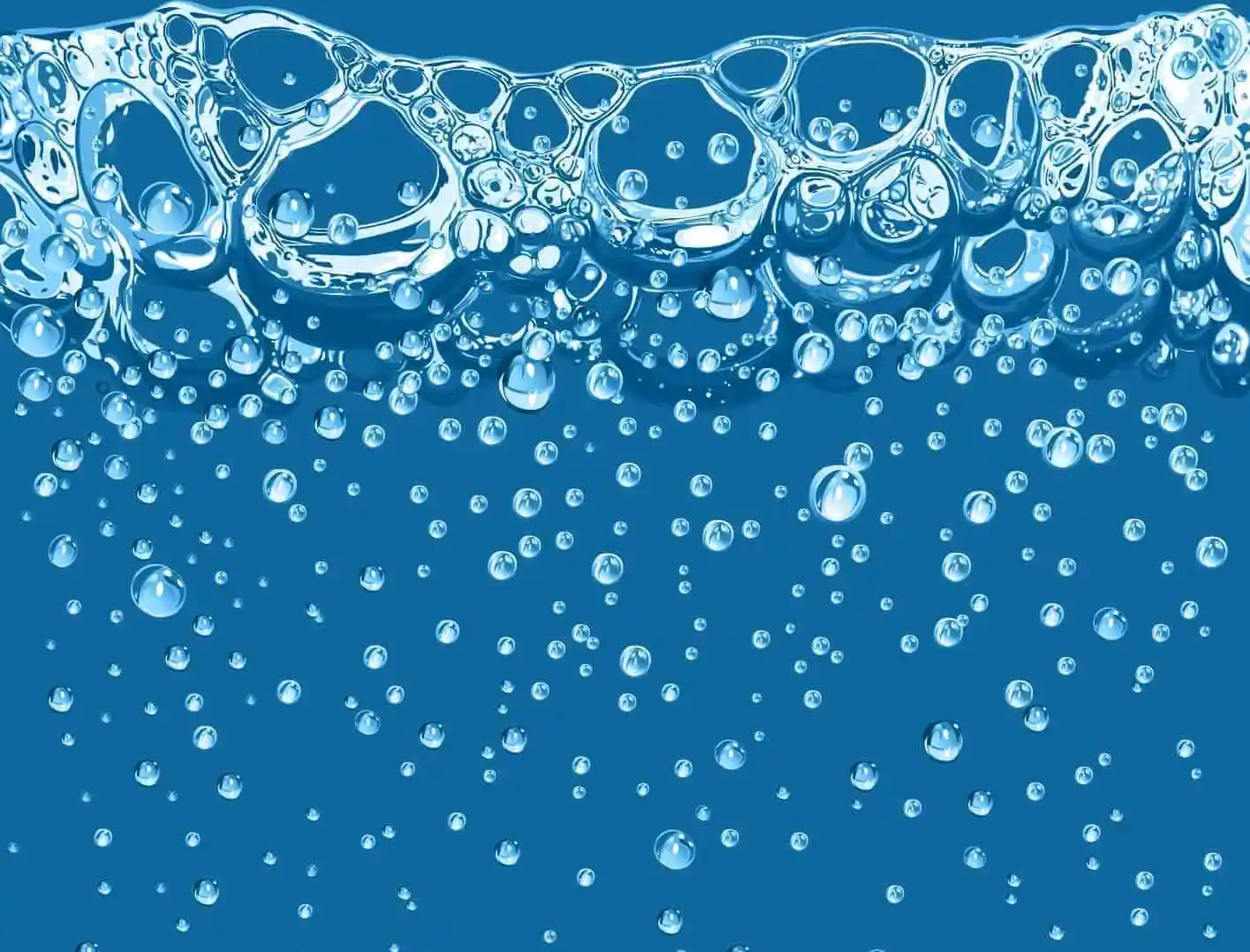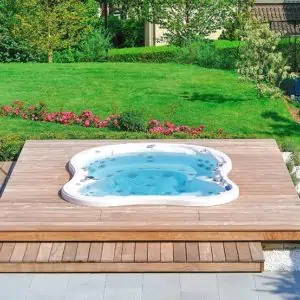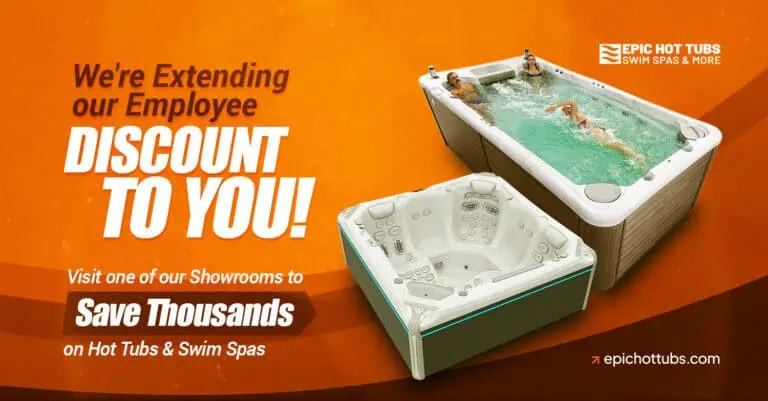We're sharing why salt systems work well for swimming pools but not hot tubs.

Are Hot Tub Salt Water Systems Really Maintenance Free?

Hot tub manufacturers that use hot tub salt water systems often claim that they are ‘natural’ or ‘chemical free’. However, it must be noted that a saltwater pool and a hot tub salt water system are not the same. While salt systems may have worked well for your swimming pool in the past, this does not naturally guarantee it to be the best choice for your hot tub. Keeping in mind the negative impact of salt on internal hot tub components, potential warranty issues, and the added maintenance concerns, is a salt water system really maintenance-free?
What is a Hot Tub Salt Water System?
Saltwater systems were initially developed for swimming pools in New Zealand during the late 1900s. Contrary to popular belief, salt systems do in fact also use chlorine. Through the process of electrolysis, electricity converts dissolved salt into chlorine or sodium bromide (which then converts to bromine). Thus, this chemical reaction produces the same sanitizing and oxidizing agents used in swimming pools; chlorine. The salt system is not chlorine-free, but utilizes a salt cell or generator instead to create chlorine.
Why Do Hot Tub Salt Water Systems Work for Pools?
Generating chlorine from salt systems makes sense when it comes to a large swimming pool, but the same reasoning cannot be used for hot tubs. The first thing to be taken into account is the stark difference between hot tubs and swimming pools.
Differences To Consider Between Hot Tubs and Swimming Pools
- A hot tub is much smaller than a swimming pool in size. An average hot tub carries approximately 300-400 gallons of water, while a swimming pool has much more.
- The water in hot tubs can get much hotter, causing people inside to sweat increasingly more, producing more organic materials.
- With less water and more organics present, sanitizer will be used up much more quickly.
- In pools, sanitizers can burn off, whereas the cover on a hot tub traps sanitizers inside.
- Hot tubs have internal components (water heaters, heater elements, inner jets) that can be damaged by over-sanitization.
Why Are These Differences Important?
When you consider a family of three in a 10,000-gallon pool as compared to three people in a 400-gallon hot tub, the importance of this difference comes apparent. The smaller volume of water indicates a higher concentration of dissolved organic substances including sweat, skin oil, sunscreen, and other bacteria. These substances use up the sanitizer at a much faster rate. In order to remain effective, the hot tub salt water system would have to keep generating and maintaining a greater sanitizer concentration. However, this does not actually happen.

The high-temperature environment of the hot tub salt water system will make it difficult for the salt cell to produce enough sanitizer. Salt system manufacturers actually recommended adding extra sanitizer to keep the water safe and healthy.
Let’s also consider the opposite case. What if the salt generator continues to run when there are not enough dissolved organics in the water to actually use the sanitizer? In this case, the generator will end up overproducing chlorine. This excessive chlorine can lead to the bleaching of the hot tub cover, shell, and pillows. If excessive chlorine is allowed to build up, it can even cause damage to the internal hot tub components.
Do Hot Tub Salt Water Systems Require More Maintenance?
While the upfront cost of salt systems seems minimal, the ongoing cost means that salt systems will require more maintenance and upkeep. Excessive chlorine in your hot tub can lead to corrosion and damage of outer and internal hot tub components, making you spend money on repairs and replacements.
The salt cell cartridge also requires replacements every few months. These cartridges come in a pack of 3 and cost around $300. While maintenance can become easy once you get used to it, the cost of ownership still remains a big factor.
Salt water is also known to be harder, causing excessive wear and tear on equipment. This leads to the need to add water softening products which are an added expense of $50 -$80.
The Bottom Line
While salt systems are touted as maintenance-free, this claim is actually far from the truth. Their initial cost may seem low, but keeping in mind the life-long maintenance attached to such systems, you can expect to spend $600-$800 yearly on salt system maintenance.
It is important to consider the differences between swimming pools and hot tubs when choosing a sanitization system. Just because salt has worked well for you in a pool does not mean that it will work in a hot tub. Make sure you make an informed decision to eliminate future maintenance and lifelong costs.
Have a Question About Our Hot Tubs?
If you’re looking for the right sanitization system for your hot tub, the experts at Epic Hot Tubs can help you! We’ll ensure you choose the right system that is perfect for your home and reduces any cost of maintenance throughout the year. Call us at 888-884-3742 or fill out the form below.
Contact Form
We would love to hear from you! Please fill out this form and we will get back to you shortly.
Manny Brambila
Manny has been in the Pool & Spa industry for over 15 years and is considered a pool, swim spa, & hot tub expert. He has been a Certified Pool & Spa Operator (CPO) since 2009 and worked 15 years in aquatic training and development for the largest pool chemical and customer care company. He also has been an outside consultant for the Pool and Spa industry in Chicago, New York and Los Angeles since 2018.



